Picture your cat as a small, furry detective constantly analyzing every sound, smell, and movement in their environment. While we might think we’re providing the perfect home for our feline friends, some of our most well-meaning behaviors could actually be creating stress and anxiety for them. Many feline veterinary patients reportedly exhibit anxious behaviors.
Cats are often seen as independent and low-maintenance pets, but they are more sensitive than they appear. Think about it this way: your cat experiences the world through super-powered senses and an instinct-driven mindset that we humans often don’t fully understand. What seems like a minor change to us can feel like their entire world has been turned upside down.
So let’s explore the surprising ways our daily habits might be stressing out our beloved cats. You might be shocked to discover how many of these you’ve been doing without realizing their impact.
Constantly Rearranging Furniture
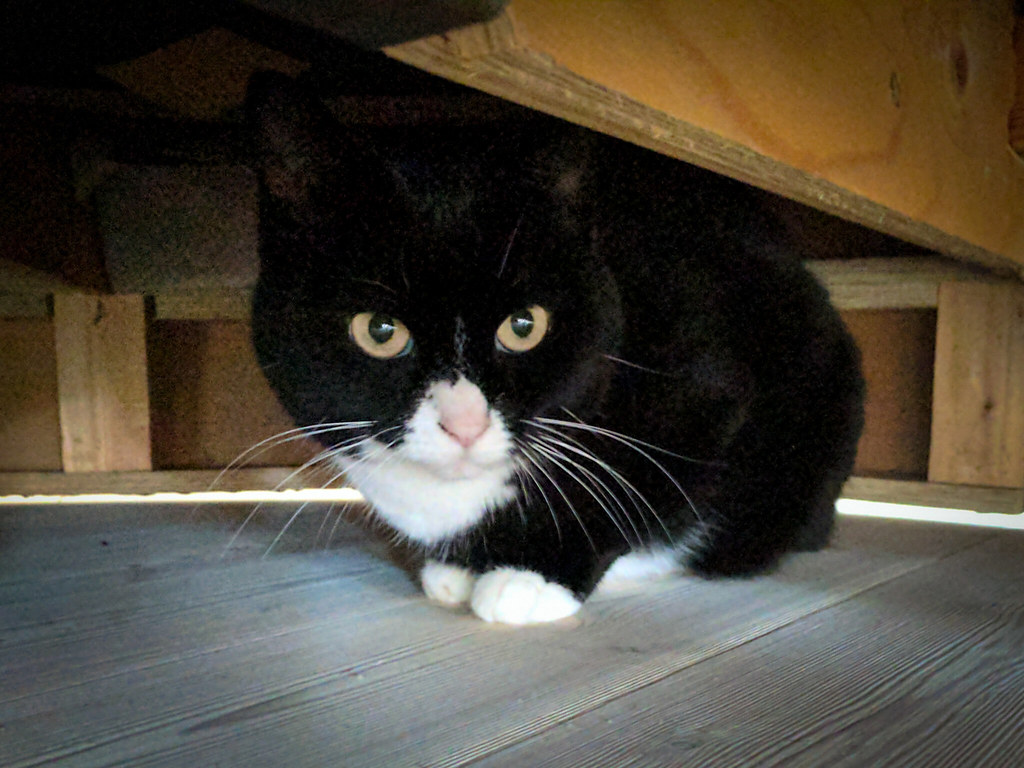
Yes, rearranging furniture can absolutely stress cats out. Unlike humans, who often enjoy the novelty of a refreshed living space, cats are creatures of habit and thrive on predictability. Think of your living room from your cat’s perspective. Every piece of furniture becomes part of their mental map, marked with their scent and associated with specific activities or emotional states.
Unlike humans, who often enjoy the novelty of a refreshed living space, cats are creatures of habit and thrive on predictability. Their world is largely defined by their territory, and any alteration to that established environment, even something as seemingly minor as shifting a sofa, can disrupt their sense of security and trigger anxiety. When you move that favorite chair where they like to nap or relocate the bookshelf they use as a highway, you’re essentially erasing part of their comfort zone.
Each room and each piece of furniture is marked with their scent as a way to establish their territory. Just moving furniture around, redecorating, or adding new pieces can stress some cats because you’re changing the territory she knows so well. This is even more stressful when you’re changing environments entirely and can result in scratching, urine spraying, and other stress-related behaviors.
Making Loud Noises During Daily Activities
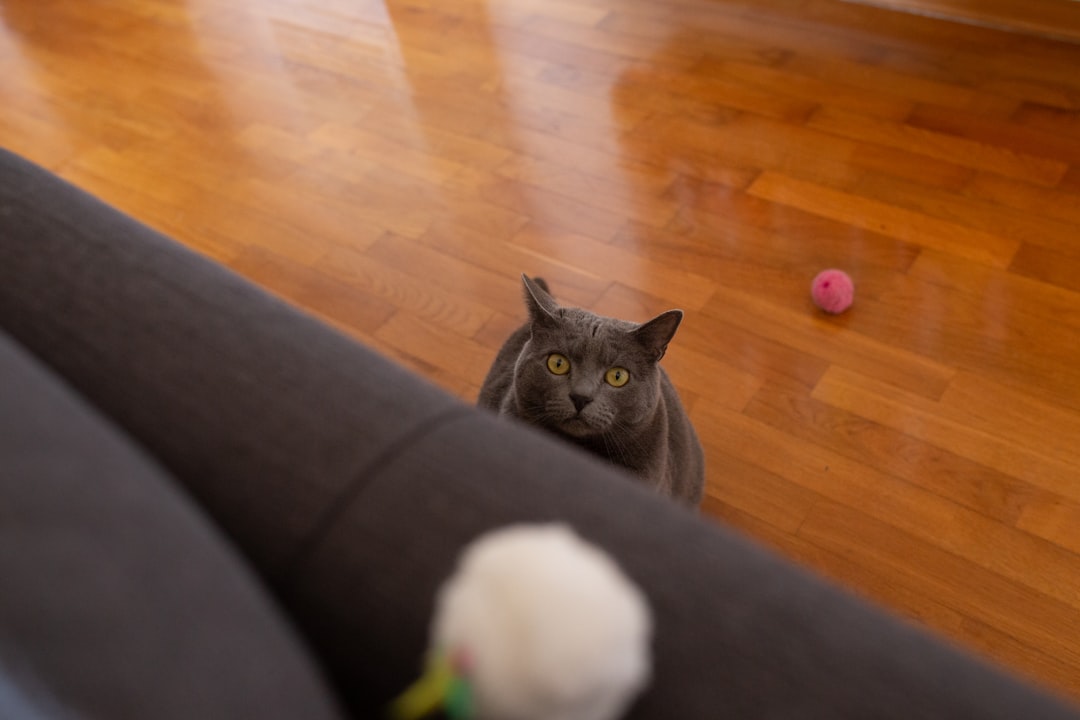
Cats have acute senses and are highly sensitive to loud noises and sudden movements. These can be extremely disruptive and frightening for them. Think of it as being in a peaceful room and suddenly hearing a loud bang – it’s jarring and unsettling. Activities like vacuuming, loud music, or sudden, erratic movements can cause cats to become stressed.
Your morning routine might be a source of constant anxiety for your feline friend. That hair dryer you use every day? To your cat, it sounds like a roaring monster. Loud and startling thumps, bangs, and clanks aren’t the only noises that can stress cats. High-frequency sounds such as whistling tea kettles and even loud voices can potentially cause anxiety in sensitive cats.
The vacuum cleaner is particularly notorious for causing feline panic attacks. Household Appliances: Lawnmowers, hairdryers, and washing machines can also be distressing for a noise-sensitive cat. Even sounds we consider normal household noise can trigger their flight response.
Inconsistent Feeding Schedules

Cats are creatures of habit, and they thrive on routine. An inconsistent feeding schedule can be a significant source of stress for your feline friend. Imagine if your meal times were suddenly unpredictable; it would be a constant source of worry. Cats rely on their human companions to provide regular meals, and when this routine is disrupted, it can lead to anxiety.
When you feed your cat at seven in the morning one day and ten the next, you’re creating uncertainty in what should be the most reliable part of their day. Cats don’t understand concepts like “running late for work” or “forgot to set the alarm.” They just know their body is telling them it’s time to eat, but their food provider is nowhere to be found.
This unpredictability can manifest in various stress behaviors. Some cats become overly vocal, following you around and meowing persistently. Others might develop resource guarding behaviors or even eating disorders. Yes, cats can be lonely and stressed when their routine changes and you work longer hours, for instance. One of the major signs is the cat peeing on your bed.
Neglecting Litter Box Maintenance
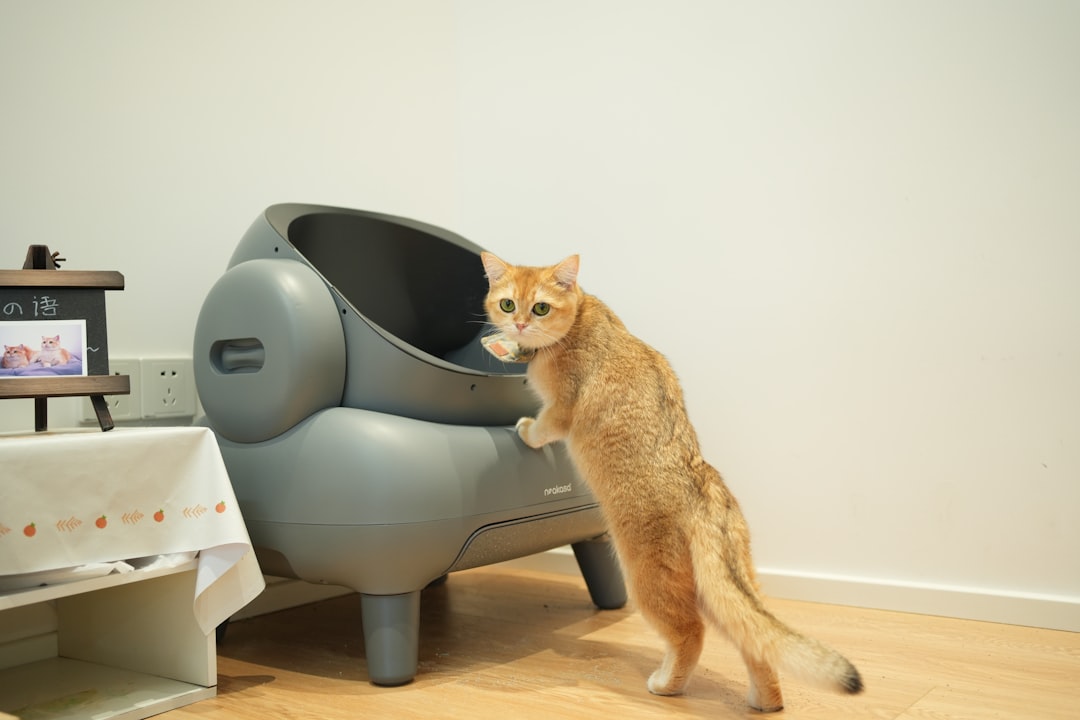
Everyone has witnessed their cat jumping right into the freshly cleaned litter box to eliminate, which serves as testimony that cats love a clean litter box! It’s important to keep the box scooped daily and some cats prefer the box to be cleaned almost as often as it’s used. Yet many cat owners unknowingly stress their pets by not maintaining the litter box properly.
Usually this is because it is too dirty. Think about this from a hygiene perspective. Would you want to use a bathroom that hadn’t been cleaned in days? Cats are very clean animals, and a dirty litter box is one of the top reasons they stop using it. When the box becomes too soiled, cats may start eliminating elsewhere, which creates a stress cycle for both pet and owner.
Unsatisfactory litter box setup – Cats can be stressed if their litter box setup doesn’t meet their standards, especially if the litter box needs cleaning or is in an inconvenient location. The stress from poor litter box conditions can lead to bigger behavioral issues and health problems down the line.
Forcing Interactions and Affection
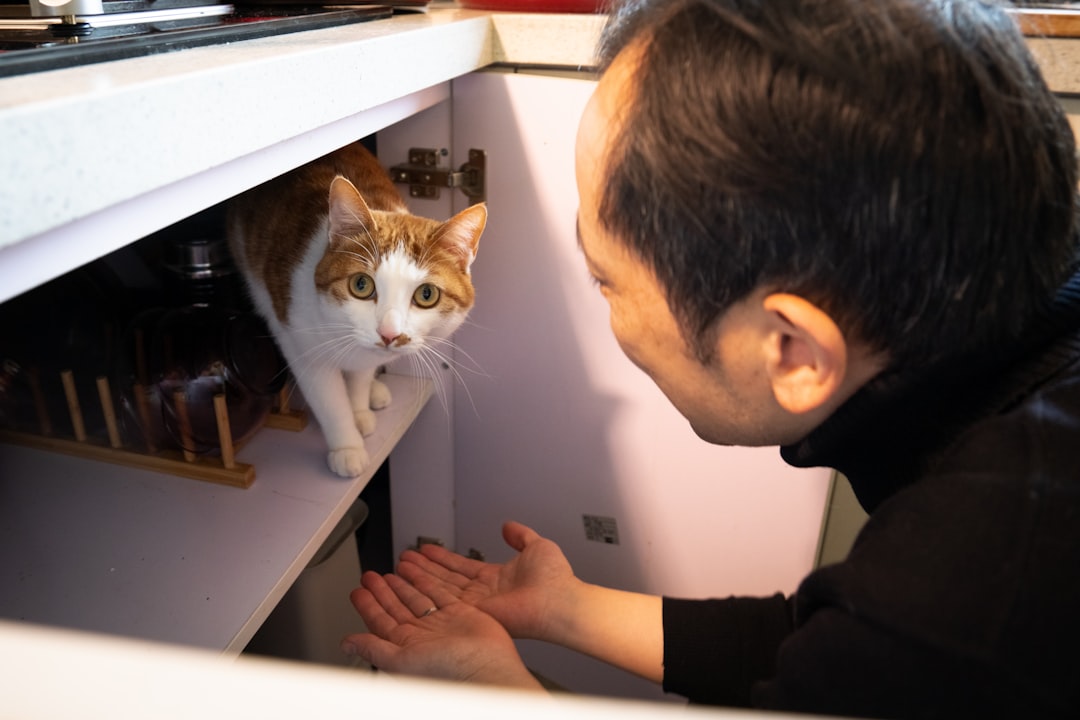
Many cat owners make the mistake of treating their cats like dogs, expecting them to enjoy constant handling and forced cuddle sessions. “Not all cats are going to be comforted by being held if they are frightened or stressed, even if they enjoy being held under normal circumstances, so don’t force your cat if she’s not accepting of this type of attention.”
When you pick up your cat against their will or insist on petting them when they’re clearly trying to get away, you’re creating a stressful situation. Cats are control-oriented creatures who prefer to initiate most interactions on their own terms. Forcing affection can actually damage your relationship with them over time.
Avoid forcing interactions; instead, allow the cat to approach on its terms. Positive reinforcement using treats and toys can encourage desired behaviors. Watch for signs that your cat wants space: flattened ears, tail swishing, trying to move away, or vocalizing in protest. Respecting these signals builds trust rather than anxiety.
Using Strong Scents and Air Fresheners
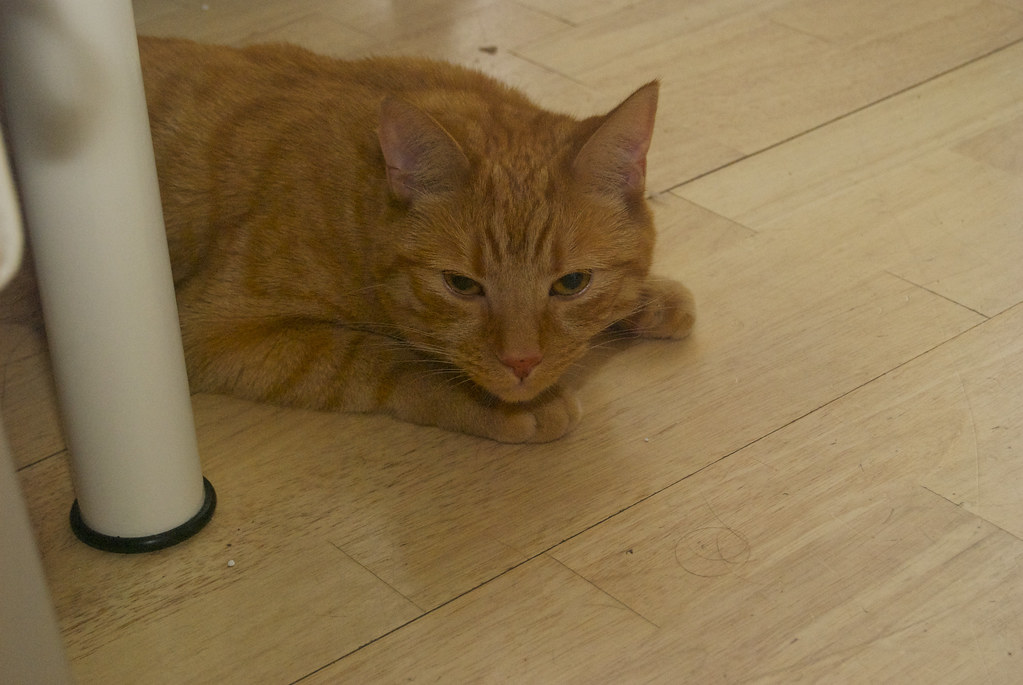
A cat’s sense of smell is significantly stronger than that of humans. Cats display a well-developed sense of smell at birth (as with their hearing), and by adulthood it eclipses ours. That “fresh linen” air freshener or scented candle that makes your home smell lovely to you might be overwhelming and stressful for your cat.
Don’t use incense, fragrance plug-ins, essential oils, or scented candles in your home – they can irritate your cat’s sensitive nose. What we perceive as a pleasant floral scent, your cat experiences as an assault on their senses. Strong artificial fragrances can cause headaches, nausea, and general discomfort for cats.
Scent plays a significant role, and while many cats will tolerate relatively neutral odor control agents like baking soda, most cats are less tolerant of artificially scented litter that might smell floral or ‘fresh’. Scent alone can be enough to make a cat avoid a litter box! Look for litters that help with odor control without relying on added fragrance. This sensitivity extends beyond just litter to every scented product in your home.
Sudden Schedule Changes
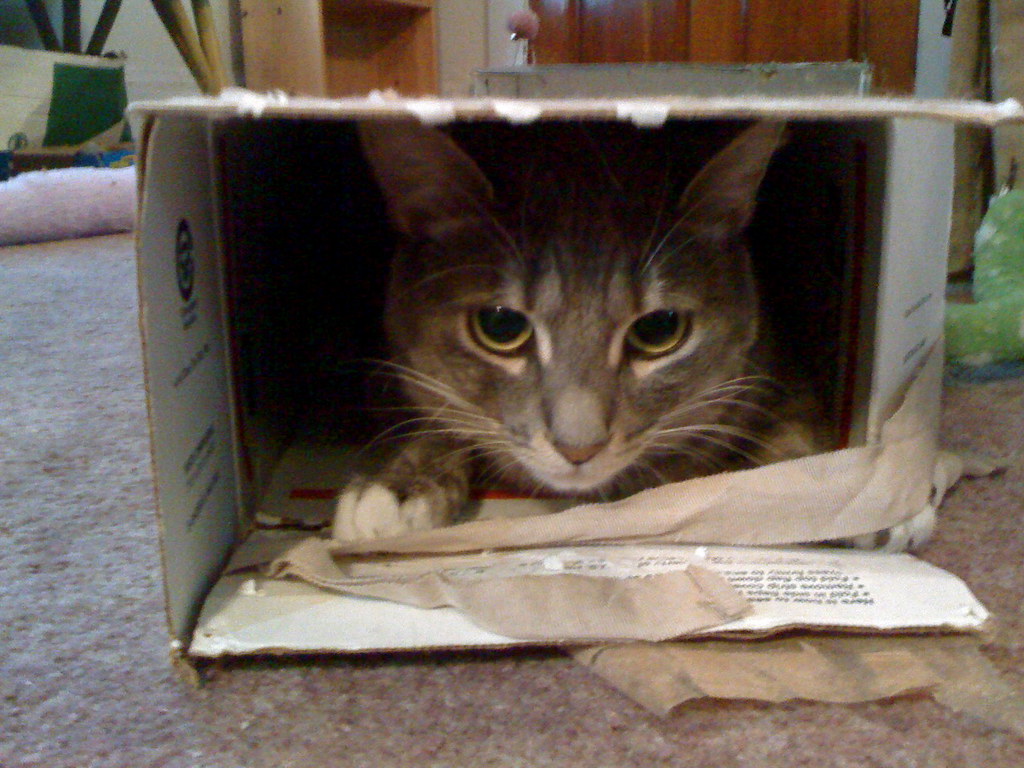
A move to a new house, a new baby or pet, weird new noises (like from neighborhood construction), or even unfamiliar guests in the house may trigger your cat. Some cats may be thrown by a change in your workday routine. Think about how your cat has learned to predict your daily patterns. They know when you usually wake up, leave for work, and return home.
When you suddenly start working different hours, go on vacation, or have major life changes, your cat loses their sense of predictability. Most people recognize some of the obvious stressors: a new baby, a new pet, remodeling or moving to a new home but the more subtle stressors may be overlooked: less attention from the cat’s favorite person due to a revised work schedule This uncertainty can manifest as clingy behavior, destructive actions, or withdrawal.
Cats are creatures of habit and do best with a predictable routine and environment. They can be extremely sensitive to stress, and it can take considerable time for their stress levels to return to normal. When a cat suddenly becomes stressed you may see changes in their behavior, including use of the litter box.
Inadequate Hiding Spaces
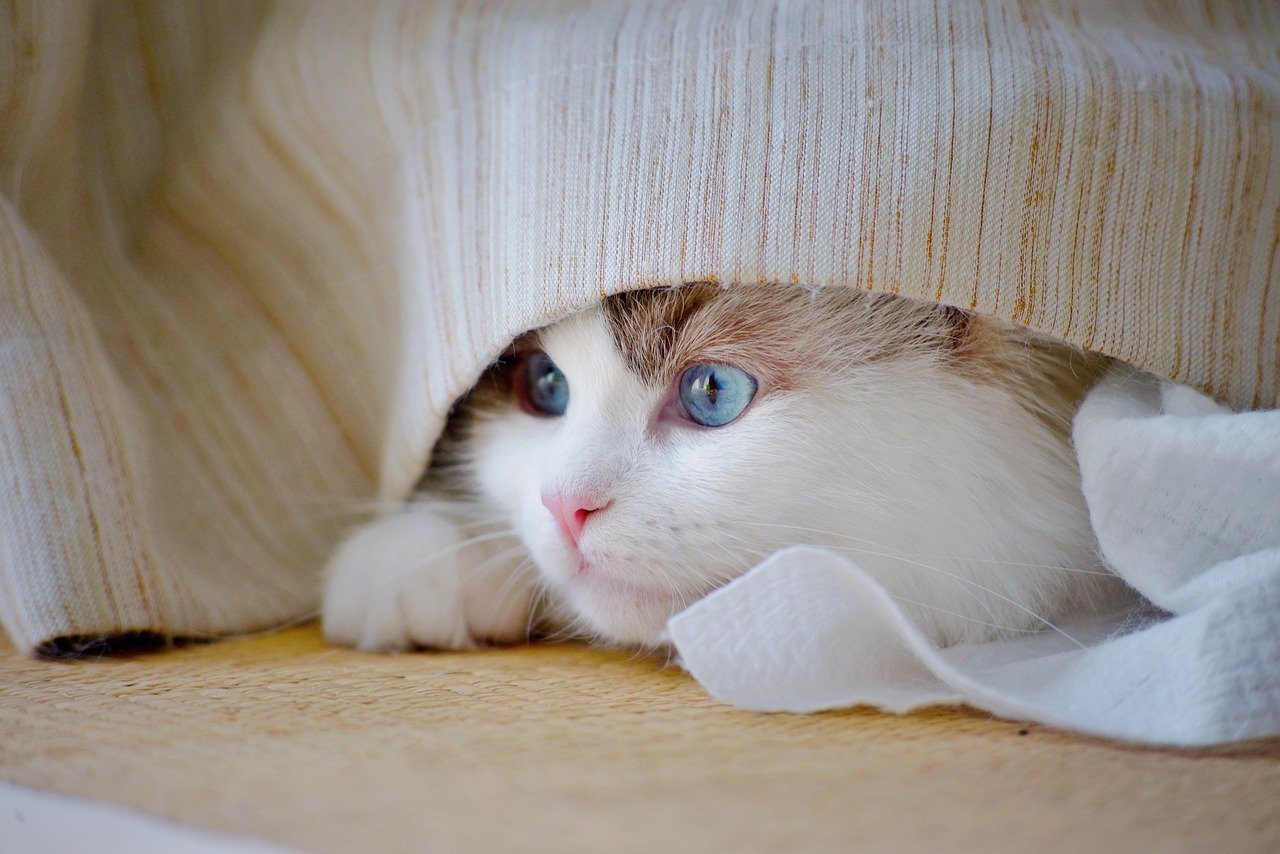
Cats love climbing, and most feel safest when they have a high perch from which they can look over their surroundings. If you don’t have any high surfaces for your cat to explore in your home, the stress of having nowhere to climb could cause anxiety. Installing a cat tree or two is the easiest way to solve this problem.
Your well-meaning efforts to have a perfectly organized, minimalist home might actually be stressing out your cat. Your stressed-out kitty could just need more hiding places, too. They like spots where they can relax away from other people and pets, and they enjoy being in small spaces that they perceive as being easy to defend.
Cats need safe retreat spaces where they can observe their environment without being seen. Cat trees, perches and shelves allow cats to relax far away from perceived danger. Place them near windows so they can watch birds and critters go by. Without these options, cats can develop chronic stress from feeling exposed and vulnerable.
Ignoring Their Social Needs
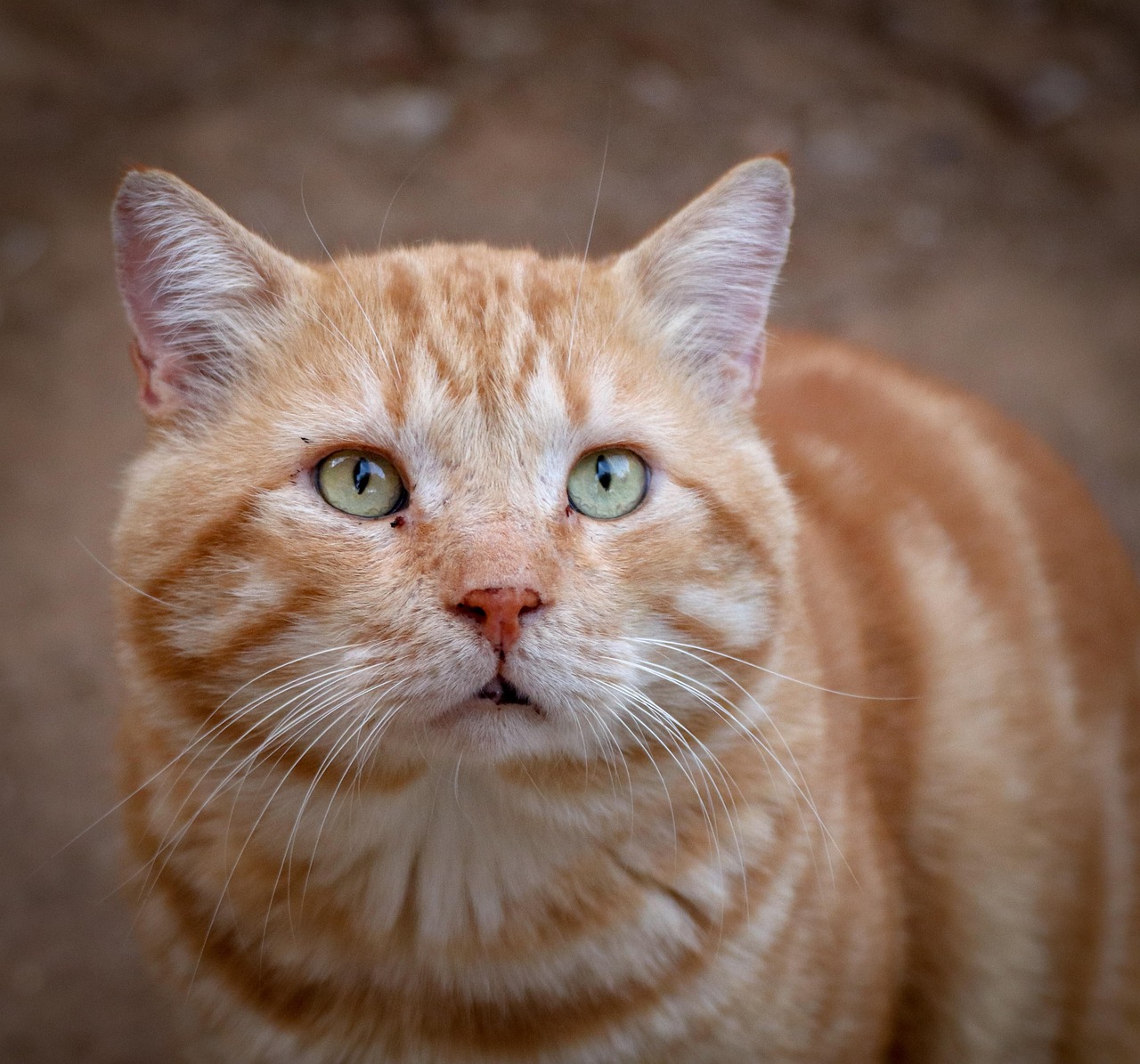
While cats are independent, they still require affection and attention from their human companions. Ignoring them for long periods can lead to feelings of neglect and stress. It’s akin to being in a room full of people but feeling invisible; it can be isolating. Regular interaction and affection, such as petting and talking to them, can reassure your cat of their importance in your life.
Many people assume cats don’t need much social interaction, but this couldn’t be further from the truth. Cats form strong bonds with their humans and can experience loneliness and depression when consistently ignored. Research suggests that cats often display fewer stress-related behaviors when their owners are present, as cats may view their owners as a source of security. Thus, simply being present with your cat during a stressful situation can reduce their anxiety.
This doesn’t mean overwhelming them with attention, but rather providing consistent, quality interactions. Daily play sessions, gentle conversations, and respecting their preferred types of affection all contribute to their emotional well-being and stress reduction.
Punishing Natural Behaviors
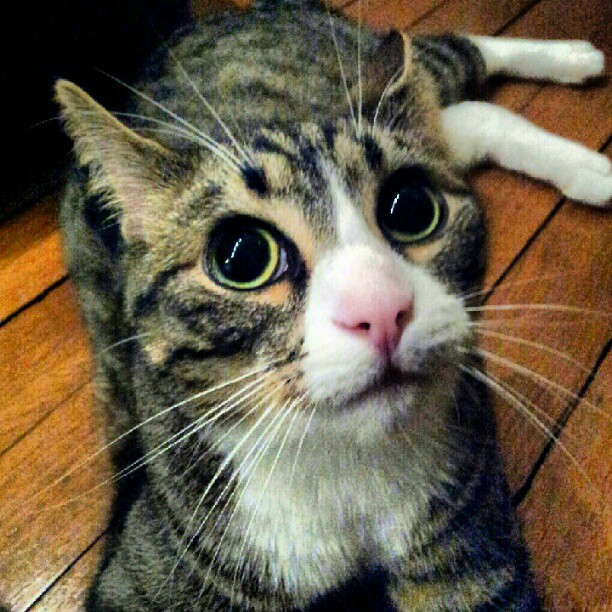
Never punish or scold your cat for unwanted behaviors – period. This only increases fear and makes things worse. When you yell at your cat for scratching furniture, spray them with water for jumping on counters, or scold them for normal feline behaviors, you’re creating a relationship built on fear rather than trust.
Do not rub your cat’s nose in urine or feces. Do not scold your cat and carry or drag her to the litter box. These outdated punishment methods don’t teach cats what you want them to do; they just teach them to fear you and become more anxious about their natural behaviors.
Cats don’t understand punishment the way dogs do. Physical and verbal punishment will likely make the problem worse. Contrary to popular belief, litter box problems have nothing to do with spite and are often caused by stress. Instead of reducing unwanted behaviors, punishment typically increases anxiety and can lead to more behavioral problems.
Conclusion
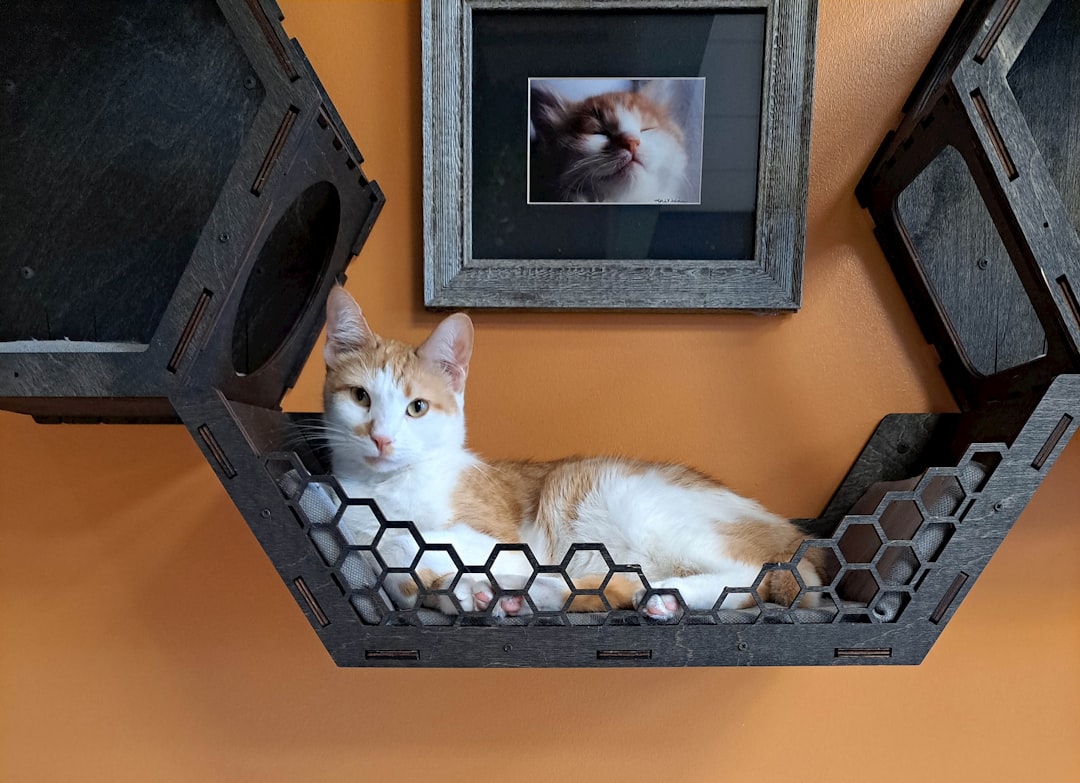
Understanding these common anxiety-triggering habits is the first step toward creating a more peaceful environment for your feline companion. Remember, cats experience the world differently than we do, with heightened senses and deeply ingrained survival instincts that influence their daily behavior.
The good news is that most of these habits are easily correctable once you’re aware of them. Simple changes like maintaining consistent routines, providing adequate hiding spaces, respecting their boundaries, and keeping their environment clean and predictable can make a world of difference in your cat’s stress levels.
No one wants to live their lives with constant anxiety. That is just as true for cats as it is for humans! By making these adjustments, you’re not just reducing your cat’s anxiety – you’re strengthening your bond and creating a happier, healthier relationship with your feline friend.
What habits do you think might be stressing out your cat? Have you noticed any changes in behavior that might be linked to these everyday activities? Your cat’s well-being starts with understanding their unique needs and respecting their feline perspective on the world.





